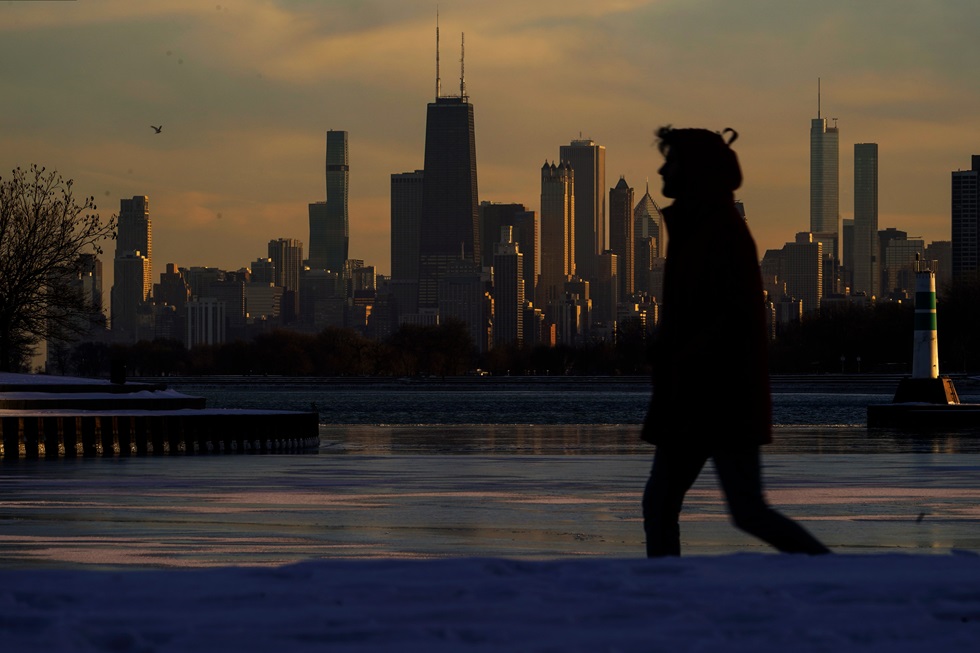
In an average year, the Great Lakes get about 40% ice cover. Now, after the warmest year on record and the first time the world has passed the 1.5°C target for a full year, the most recent Great Lakes ice cover analysis by the National Oceanic and Atmospheric Administration’s National Weather Service shows that average ice cover is currently at about 5.9%.
By February 12, the Great Lakes reached a record-low ice cover of just 2.69%, CBS News reported. Lake Erie and Lake Ontario have tied their records for lowest ice cover, with records dating back to 1973, while Lake Huron, Lake Michigan and Lake Superior are at historic lows.
The 5.9% average is lower than the usual 40% average ice coverage this time of year, ABC News reported. Further, some parts of the Great Lakes have experienced winters without any ice cover.
“In direct response to warming air temperatures, we are observing rapid ice loss and warming summer water temperatures,” Sapna Sharma, professor at York University in Toronto, told The Guardian. “If the planet continues to warm, 215,000 lakes may no longer freeze every winter and almost 5,700 lakes may permanently lose ice cover by the end of the century.”
Analyzing the Great Lakes ice cover is important, as ice melt can reveal global warming impacts that affect the lakes. On its Great Lakes Research Lab website, NOAA noted that the decreasing ice cover can affect hydropower generation, commercial shipping and fishing, in addition to the environmental impacts, such as plankton blooms.
While the amount of ice naturally varies each year, there has been a sharp decline in recent years compared to the amount of ice coverage in the 1970s when these records began.
“There is a trend: a 5% decline in average ice cover per decade, which may not sound huge but it is a substantial decrease,” James Kessler, a physical scientist at the Great Lakes Environmental Research Lab, told The Guardian. “Open [unfrozen] lakes bring more rain rather than snow, which has knock-on environmental, cultural and societal impacts.”
The Great Lakes hold 21% of the world’s freshwater supply, according to NOAA. Over 30 million people depend on the Great Lakes for drinking water, and the Great Lakes are linked to $3.1 trillion in gross domestic product (GDP). Both rising and falling water and ice levels can have detrimental impacts on the lakes, including flooding and erosion.
This article was reposted from Ecowatch.
We hope you appreciated this article. At People’s World, we believe news and information should be free and accessible to all, but we need your help. Our journalism is free of corporate influence and paywalls because we are totally reader-supported. Only you, our readers and supporters, make this possible. If you enjoy reading People’s World and the stories we bring you, please support our work by donating or becoming a monthly sustainer today. Thank you!










